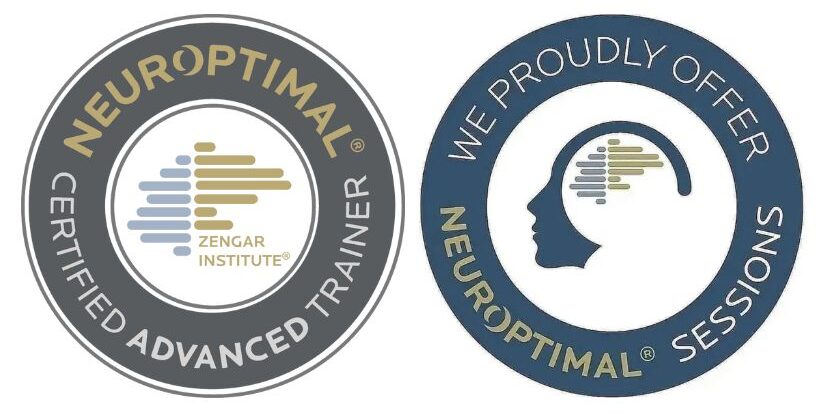Background
This success story follows a mother and her 13-year-old son, who is non-verbal and highly placed on the Autism Spectrum (ASD). He attends a specialised additional needs school, and his mother was committed to doing whatever it took to help him access more of the potential she knew was inside him. They rented a Neurofeedback system for 2.5 years, a long-term, in-home support option that allowed them to integrate sessions seamlessly into daily life without the difficulty of travelling to appointments. Her dedication, paired with consistent neurofeedback use, brought about steady and meaningful improvements over time.
His Journey and Results
The changes they observed were progressive and impactful. Month by month, his mother noticed new signs of growth in how he related to his world:
- Faster transitions between tasks
He became more flexible when moving from one activity to another. Where he used to become fixated on what he was leaving behind and resistant to the next task, he now shifted more easily and calmly. - Increased concentration
His ability to focus deepened. Tasks that once led to distraction or disengagement were now being completed with greater persistence and mental presence. - More verbal communication and connection
The family began to see more verbalisation and a greater willingness to connect. This had a significant impact on daily life, improving his interactions at home and helping strengthen relationships with those around him. - Increased social interaction
He began making more frequent bids for connection, staying longer in social situations, and remaining more emotionally present with others. These changes opened up his world and allowed for richer, more engaged experiences. - Greater autonomy and choice-making
Over time, he began exercising more personal agency, making choices for himself and initiating actions independently. This was a profound shift that gave him more dignity, freedom, and engagement in his own life.
Whole Household Impact
The improvements transformed not only his experience of the world, but also the emotional climate at home. As he communicated more, coped better with transitions, and engaged socially with greater ease, family life became more connected and hopeful. The reduction in stress for both mother and child allowed for more moments of joy and deeper connection between them.
Conclusion
This story highlights the extraordinary value of Neurofeedback for the secondary challenges of Autism when used consistently over time. For families navigating non-verbal Autism, in-home Neurofeedback can offer a flexible and powerful support system. In this case, it helped unlock greater concentration, communication, autonomy, and emotional connection thus dramatically improving quality of life not just for the teenager, but for the entire family.




